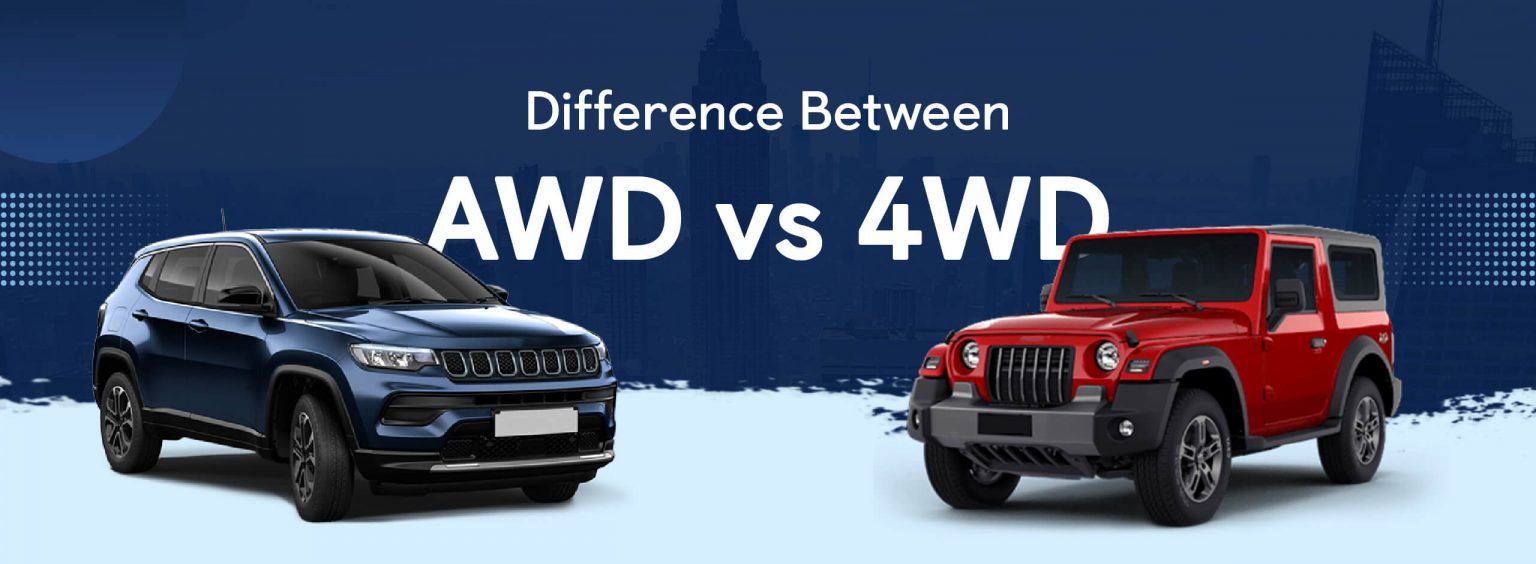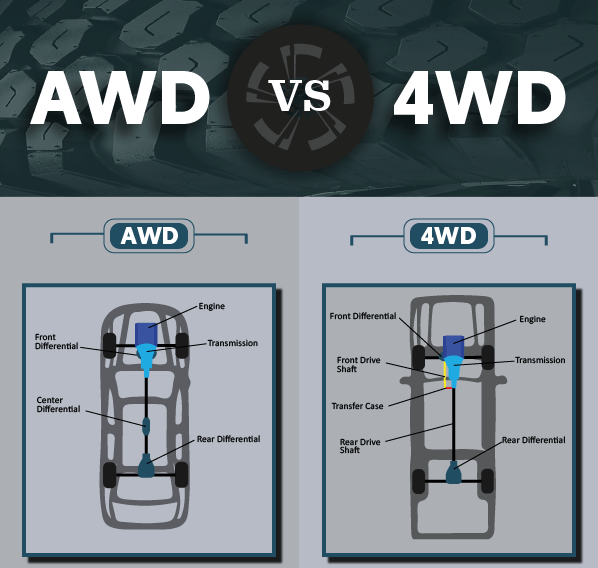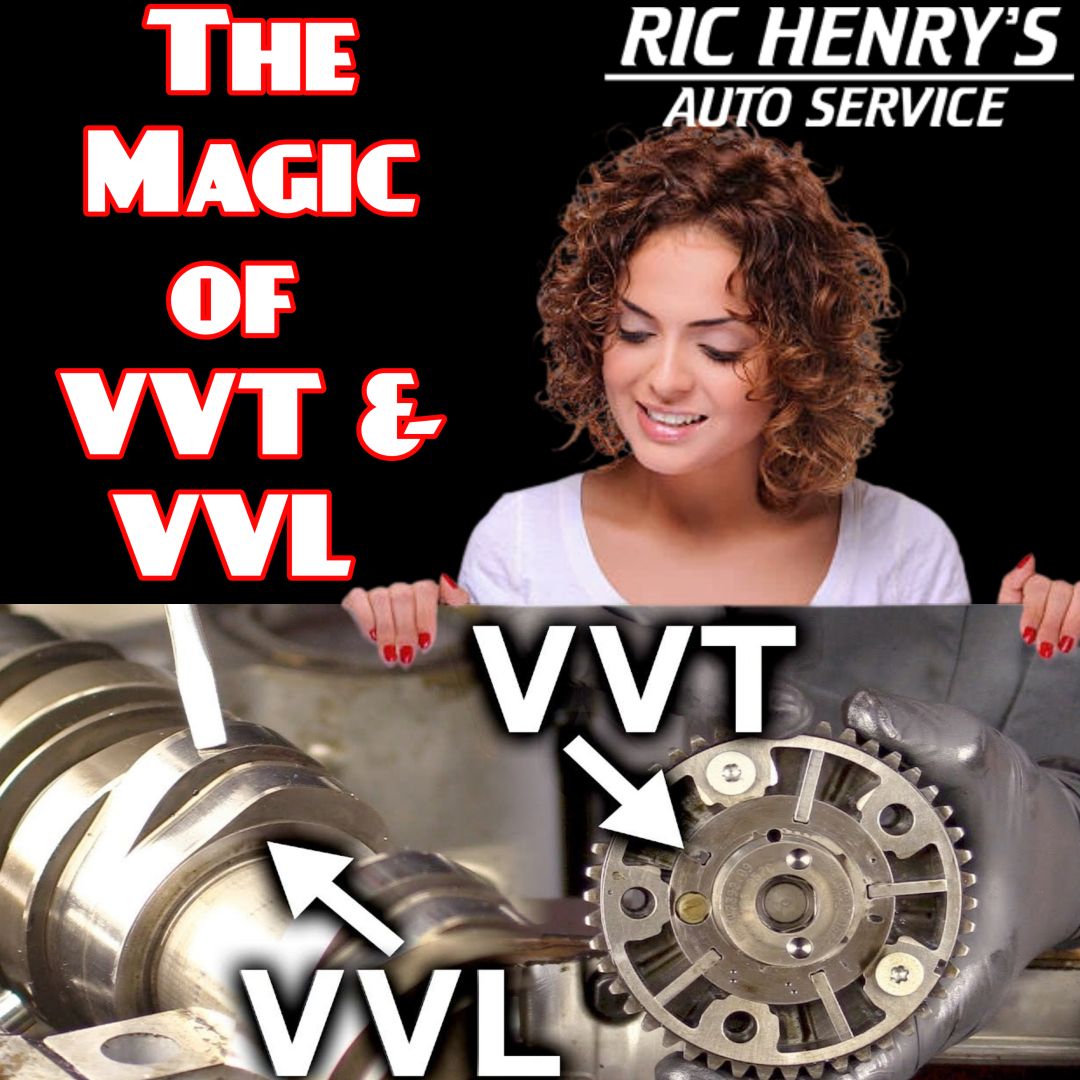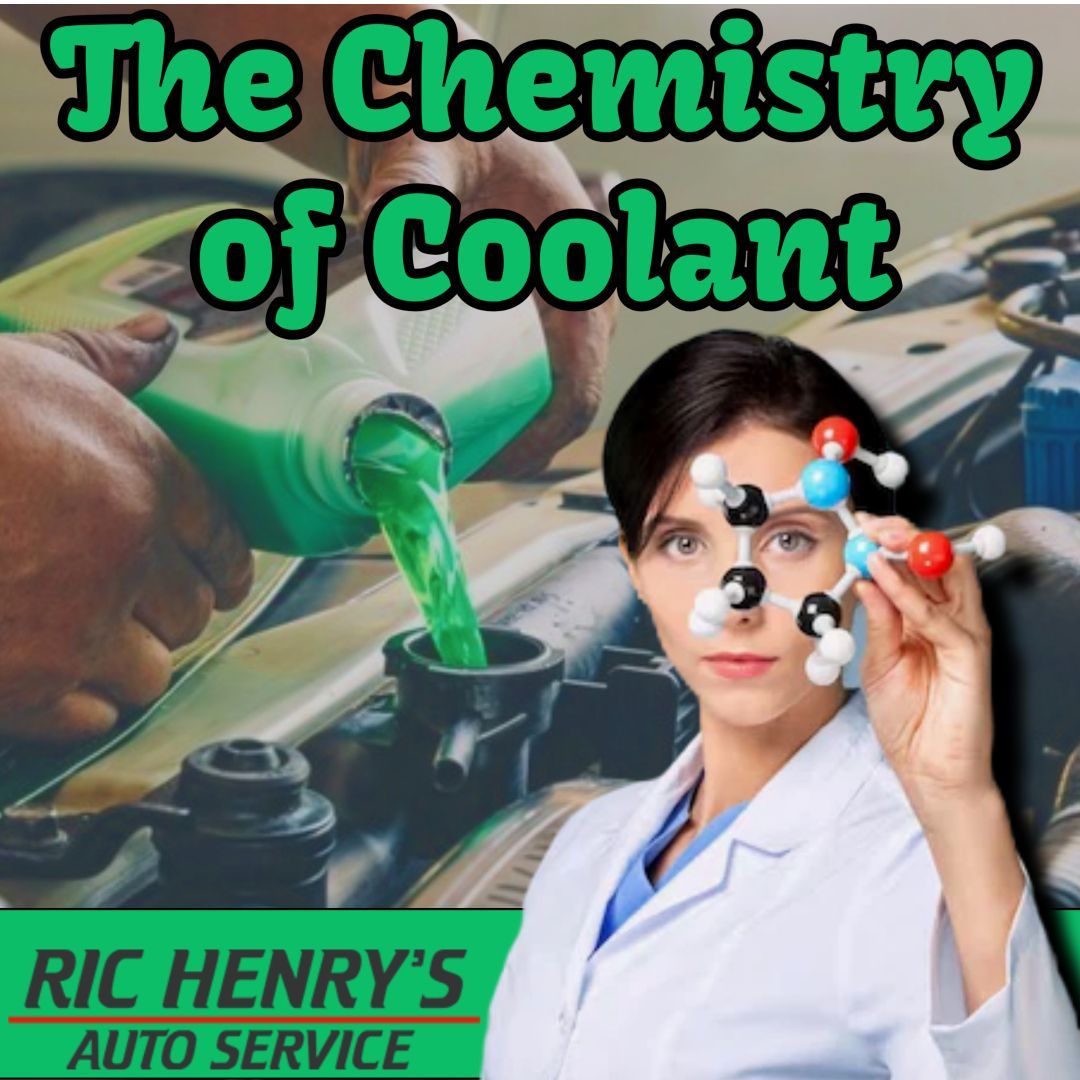All-Wheel Drive vs. 4WD
NaTasha Brand • June 24, 2025
Key Maintenance Differences for San Angelo Drivers

When it comes to tackling West Texas roads, whether it's a sudden downpour on Knickerbocker Road or a weekend trip to Lake Nasworthy, having the right drivetrain matters. But do you know the key maintenance differences between All-Wheel Drive (AWD) and Four-Wheel Drive (4WD)?
At Ric Henry’s Auto Service, we see these systems daily, and understanding their unique needs can save you from costly repairs. Let’s break it down.
How AWD and 4WD Work (And Why It Matters for Maintenance)
All-Wheel Drive (AWD): The "Always-On" System
AWD vehicles automatically distribute power between the front and rear wheels for optimal traction. Common in crossovers and sedans (like Subarus and many SUVs), AWD is great for San Angelo’s occasional slick roads.
🔧 Maintenance Needs:
- Fluid Changes: AWD systems rely heavily on differentials and transfer cases, which need regular fluid flushes (typically every 30,000-60,000 miles).
- Tire Rotation & Matching: Uneven wear can strain the drivetrain. Rotate tires every 5,000-7,500 miles and replace them in sets to avoid damage.
- CV Joint & Axle Inspections: Constant power distribution means more wear on CV axles—listen for clicking noises when turning.
Four-Wheel Drive (4WD): The "Off-Road Beast"
4WD is common in trucks and rugged SUVs (like Jeeps and Ford F-150s). Unlike AWD, it’s selectable, meaning you engage it only when needed, perfect for muddy ranch roads or hunting trips near Christoval.
🔧 Maintenance Needs:
- Transfer Case & Differential Service: Since 4WD isn’t always active, fluids degrade slowly but still need replacing every 50,000 miles.
- Hub & Driveshaft Checks: Manual locking hubs (in older trucks) can seize if neglected. Grease them periodically.
- U-Joint & Suspension Wear: Rough terrain means more stress on U-joints and suspension components—inspect them regularly.
Which One Costs More to Maintain?
- AWD = More frequent tire & fluid maintenance (due to constant use).
- 4WD = Higher repair costs if off-roading damages components.
💡 Pro Tip for San Angelo Drivers: If you rarely use 4WD, engage it once a month to keep seals lubricated and prevent system failure.
Trust Ric Henry’s Auto Service for Your Drivetrain Needs
Whether you’re cruising Concho Street or heading out to San Angelo State Park, your AWD/4WD system needs expert care. At Ric Henry’s Auto Service, we:
✔ Use dealership-grade tools for precise diagnostics & repairs
✔ Perform full drivetrain inspections to catch issues early
✔ Offer a 3-year/36,000-mile warranty on all services
AWD and 4WD both have their perks—just like breakfast tacos vs. barbecue. But neither works well if neglected. Let us keep your ride running smoothly!






Share On: